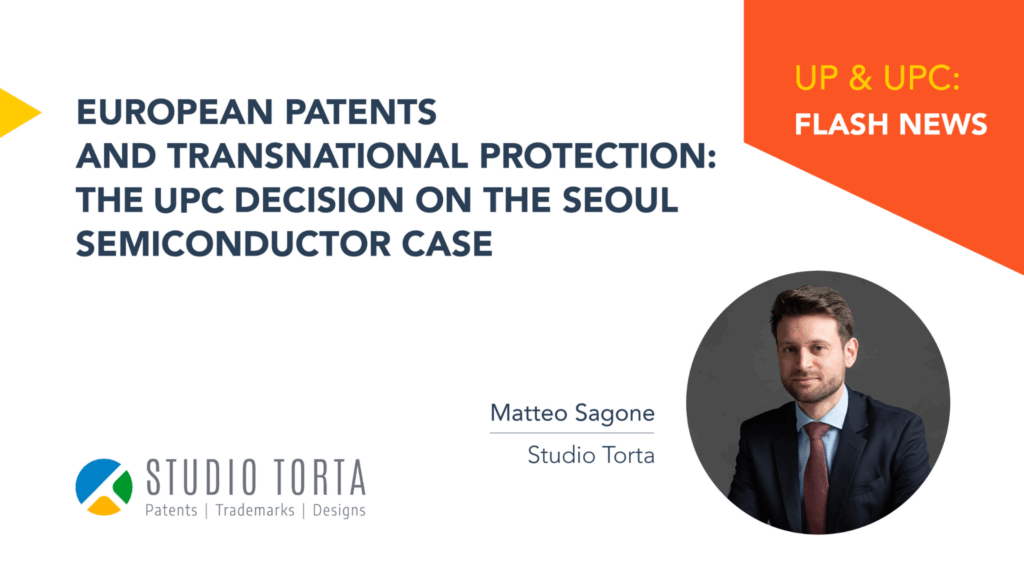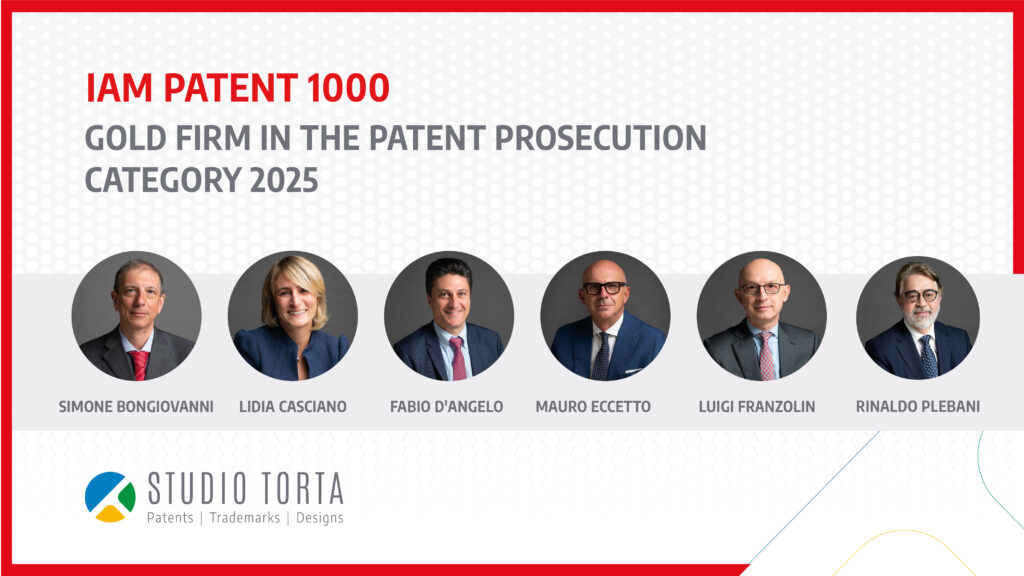Computer-implemented simulations – Decision G 1/19 of the Enlarged Board of Appeal of the EPO
On March 10, 2021, the Enlarged Board of Appeal (EBA) of the European Patent Office issued decision G 1/19 concerning computer-implemented simulations, substantially confirming that the established case law on computer-implemented inventions (the so-called COMVIK approach) applies to computer-implemented simulations as well.
The decision arises from an appeal against refusal in the first instance of the European patent application no. 03793825.5, related to the computer-implemented simulation of the movement of a pedestrian crowd through an environment, such as a building.
The Examining Division refused the application based on the fact that the instructions executed by the computer system were found not to contribute to the technical character of the invention; the only technical aspect was found in the presence of a computer system for carrying out the (non-technical) simulation; accordingly, the invention as a whole was deemed to lack an inventive step.
The Applicant appealed and, in the related proceedings, the Technical Board of Appeal referred questions on the patentability of computer-implemented simulations to the EBA. The questions were about whether the computer-implemented simulation claimed as such could solve a technical problem and produce a technical effect, in particular when the simulation is part of a design process, and which should be the relevant criteria for assessing that a technical problem is actually solved.
The EBA summarized that, in agreement with the COMVIK approach (T 641/00, OJ EPO 2003, 352), an invention needs to have a technical character or produce a technical effect in order to qualify as technical. In particular, the features distinguishing the invention from the prior art need to contribute to the technical character in order to be considered for the assessment of the inventive step.
Contribution to the technical character may either be achieved by a direct link of the output produced by the computer-implemented simulation with the physical reality, or by other technical effects within the computer system. A further relevant aspect that can positively determine the technicality of a computer-implemented simulation is whether the simulation contributes to the solution of a technical problem; even a simulation that does not generate an output directly linked to the physical world may still solve a technical problem (e.g. by providing an output conveying technical information to the user) and therefore can be found to be inventive.
The EBA came to the conclusion that an assessment of the technical contribution of the individual features (which may contribute to the technical character by either providing a direct link with physical reality or solving a problem) using the COMVIK approach is decisive to decide on the patentability of the computer-implemented simulation.
For assessing if a simulation contributes to the technical character of the claimed invention, the EBA concluded that it is not decisive whether a technical or a non-technical system or process is simulated, and that the criteria of “technicality” are to be evaluated case-by-case.
Finally, the EBA stated that the above principles apply equally if the claimed computer-implemented simulation is part of a design process (the mere fact that the simulation is part of a design process being therefore irrelevant).
In conclusion, the EBA ruled that the already existing and well-established COMVIK approach applies to computer-implemented simulations, whose patentability can be assessed using the same criteria as any other computer-implemented inventions.




